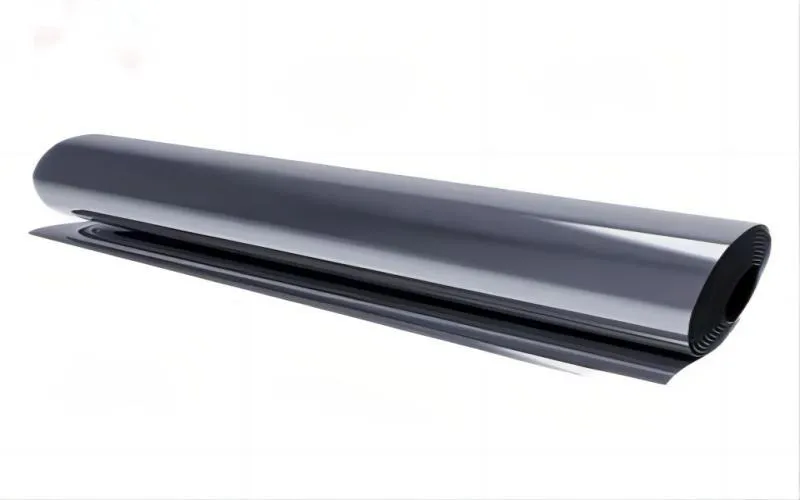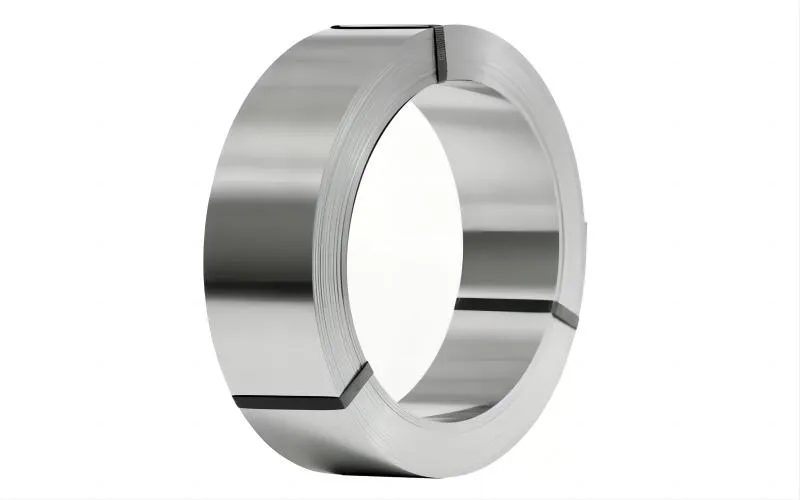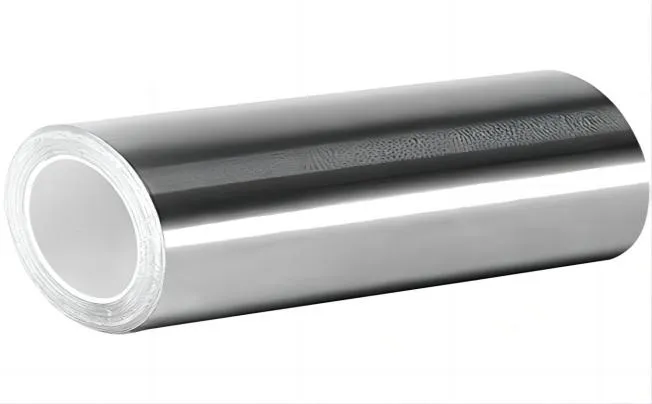Product Specification and Characteristics
1.High-temperature resistance: 309S stainless steel foil can endure temperatures of up to 1050°C while maintaining good mechanical characteristics and heat resistance.
2. Good corrosion resistance: It can withstand acidic, alkaline, and oxidizing conditions and has good corrosion resistance to both oxidizing and reducing media.
3. Antioxidant characteristics: The 309S stainless steel foil can resist oxidation and corrosion at high temperatures, extending its useful life.
4. Low magnetism: The magnetism of non-magnetic stainless steel is typically low. This makes it more suited for various applications, such as the manufacture of electronic equipment and precision instruments.
5. Good welding performance: it is capable of various welding processes such as TIG welding, MIG welding, and so on, and it is easy to form, as it can be cut, stamped, bent, and so on to achieve the appropriate shape and size to suit the needs of various acquisitions.
6. High surface quality: Ithas a high surface finish and is resistant to contamination, making it ideal for applications requiring high purity and cleanliness.
| Item | 310S Stainless Steel Foil |
| Thickness | 0.01mm~3mm |
| Width | 100mm~1500mm |
| Length | 1000mm~6000mm |
The following are the common implementation standards:
Standard ASTM: The ASTM A240/A240M standard, which covers general specifications, chemical composition, mechanical qualities, physical properties, etc., is typically followed when 309S stainless steel foil is produced in the United States.
JIS standard: It complies with the JIS G4304 standard in Japan, which contains clauses relating to chemical composition, mechanical qualities, and other physical properties, among other things.
It complies with the GB/T 24511 standard in China, which outlines the technical specifications and test procedures for stainless steel sheets and strips.
It should be noted that various executive standards may be appropriate for particular applications and industries. When choosing and utilizing 309S stainless steel foil, consideration should be given to the unique requirements and use, concerning the pertinent standards.
What is 309 stainless steel foil used for?
Due to its excellent temperature resistance, corrosion resistance, and oxidation resistance, 309S stainless steel foil is frequently used to produce petrochemical equipment, including oil refining units, chemical reactors, and heat transfer equipment.
Heat treatment furnaces, furnace hearth pipes, and combustion furnaces are only a few examples of high-temperature furnaces and hearths that are frequently made due to their high-temperature resistance.
High-temperature resistor components: These components, which include resistance wire for electric furnaces and heaters, have a modest resistance temperature coefficient.
Boiler and heat exchanger: To assure high temperatures and corrosion resistance, boiler and heat exchanger piping, heat exchanger plates, and other elements are frequently made with this material.
In general, 309S stainless steel foil is widely used in the petrochemical industry, high-temperature equipment, resistor parts, and other fields of manufacture and application due to its excellent heat resistance and corrosion resistance in corrosive media in a wide range of applications.

What is the difference between 309 and 309S?
Seamless stainless steel is made of austenitic chromium-nickel 309S. It is a 309 derivative steel with a lower carbon content than that steel. When compared to 304 stainless seamless steel, 309S stainless steel has stronger high-temperature strength, oxidation resistance, and carburization resistance. It can withstand repeated heating below 980°C as well. The chromium level is high whereas the nickel concentration is low. It is an austenitic stainless steel with a high nickel content, which is used to produce steel that is more heat resistant. Seamless 309 stainless steel pipe does not have sulfur S content, in contrast to 309S. It has a stronger oxidation resistance than alloy 310, despite having more corrosion resistance. As a result, the steel producers produce more 309S stainless steel.
What is 309 stainless steel foil used for?
Due to its excellent temperature resistance, corrosion resistance, and oxidation resistance, 309S stainless steel foil is frequently used to produce petrochemical equipment, including oil refining units, chemical reactors, and heat transfer equipment.
Heat treatment furnaces, furnace hearth pipes, and combustion furnaces are only a few examples of high-temperature furnaces and hearths that are frequently made due to their high-temperature resistance.
High-temperature resistor components: These components, which include resistance wire for electric furnaces and heaters, have a modest resistance temperature coefficient.
Boiler and heat exchanger: To assure high temperatures and corrosion resistance, boiler and heat exchanger piping, heat exchanger plates, and other elements are frequently made with this material.
In general, 309S stainless steel foil is widely used in the petrochemical industry, high-temperature equipment, resistor parts, and other fields of manufacture and application due to its excellent heat resistance and corrosion resistance in corrosive media in a wide range of applications.

Product Manufacturing Process
1. Choose raw materials appropriate for creating stainless steel foil 309S.
2. To prepare the raw material for further processing, cut its width and length as necessary.
3. By rolling the raw material, you can compress and stretch it while also progressively reducing its thickness to get the desired thickness and width.
4. To verify the quality and purity of the foil, the rolled stainless steel foil will be pickled to remove the oxide skin, grease, and other surface contaminants.
5. To enhance the surface smoothness and flatness of the pickled stainless steel foil, physically or electrolytically polish it.
6. Run several tests on the finished 309S stainless steel foil, including surface quality inspection, mechanical property testing, and chemical composition analysis, to make sure it complies with all applicable norms and specifications.
7. Packaging the goods that pass the test, typically with materials that are moisture- and rust-proof, and shipping them from the factory.

Product Market Competition and Demand
- Brand competition: Several well-known brands produce 310S stainless steel foil on the market, and these businesses compete for market share in terms of quality, technology, and service.
- Technological competition: various manufacturers may use various manufacturing techniques and tools to improve the quality and performance of 310S stainless steel foil and to set their products apart from the competitors.
- Pricing competition: As market competition has grown, pricing has become a crucial determinant of consumer purchasing choices. Producers may compete in the market by reducing the cost of their goods to draw customers.
- Market Demand: A wide range of sectors, including the mechanical, electronic, medical, food processing, and others, need stainless steel foil. Particularly in the food, pharmaceutical, and electrical industries, quality is greatly desired. Second, the desire for architectural embellishment increases along with people’s yearning for high-quality furnishings and lifestyles. In contrast, the stainless steel foil market is experiencing fresh demand prospects as new technologies and applications are developed. For instance, the advent of electric vehicles has increased demand for thin, corrosion-resistant stainless steel foils. Additionally, the expansion of the renewable energy sector opens up new market opportunities.


